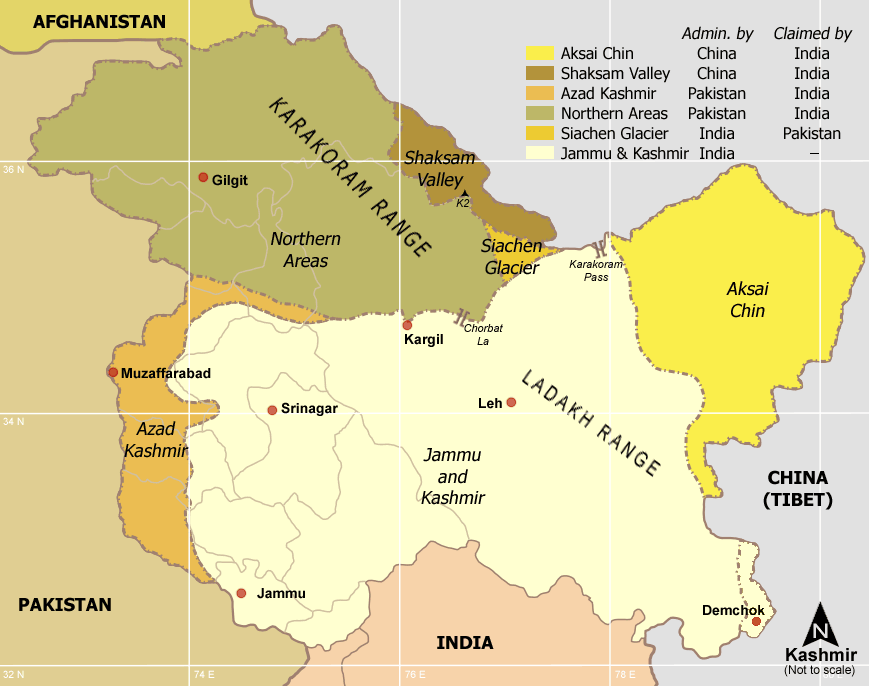Today in New York, Secretary Hillary Clinton announced the
Global Alliance for Clean Cookstoves at the Clinton Global Initiative, hosted by her husband Bill Clinton. As well as the launch being an interesting bit of Clinton family cross branding, it could be an important
new initiative that could improve the health of many poor people in the developing world - and help to reduce the threats of climate change in South Asia. As well as providing $50 million in US Government money for the project, the project boast support from across the public and private sectors.
 |
| A Cookstove in Mali |
Cookstoves are the target for this project because of their danger and their ubiquity. The alliance estimates that 3 billion people rely on traditional cookstoves and open fires for their daily cooking. These cookstoves are harmful to the health of the people doing the cooking, because of the 'black carbon' that they emit. Black carbon can be defined as fuel that has not been completely combusted. It is a common byproduct from burning wood, as well as dirtier fuels like kerosene or low-quality diesel. You can literally see black carbon: it is the black smoke that comes out of dirty stoves or dirty vehicles. The project aims to replace dirty stoves with
clean efficient cookstoves (like the one pictured below) in 100 million households by 2020.
Reducing black carbon is essential for human health. Then that black smoke gets in your lungs it can cause asthma, lung damage, and premature death. The Alliance says that it
causes 1.9 million deaths annually, and women and young children are often the most affected.
 |
| Clean-burning Stove |
Reducing black carbon is also a key tool for mitigating climate change. Though black carbon does not contribute to the traditional greenhouse effect - unlike Carbon Dioxide it does not go in the upper atmosphere -- it is extremely important for local and regional warming. Essentially, the black color of the soot can increase the heat level. When it lands on snow or ice, the darker color will absorb more heat and reduce the amount of glaciers or snowpack. This is very important in the Himalayas, because one of the biggest areas of cookstove usage is in the Indian Subcontinent. More detail can be found in
this testimony to Congress by VS Ramanathan, a leading scholar on its effects.
One of the great things about reducing black carbon is that it has immediate effects: when it rains, the carbon is literally washed out of the sky, so this program can have big effects on climate in the short term.
Take a look at their website here:
http://cleancookstoves.org/. It looks like it just went live today.
 The Siachen Glacier is the world's largest non-polar glacier. It is 43 miles long, and covers about 270 square miles (including its tributaries). Its heights are occupied by India, but it is claimed by Pakistan to be in their area of Kashmir.
The Siachen Glacier is the world's largest non-polar glacier. It is 43 miles long, and covers about 270 square miles (including its tributaries). Its heights are occupied by India, but it is claimed by Pakistan to be in their area of Kashmir. 


